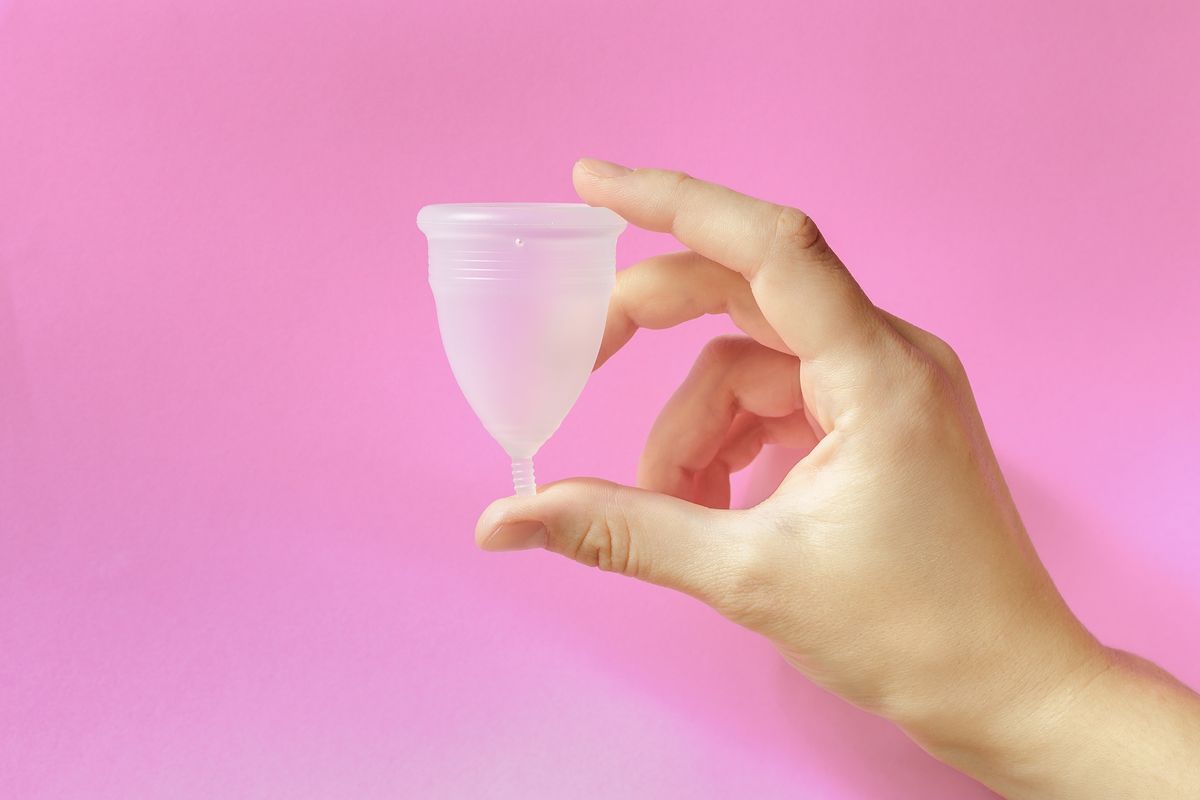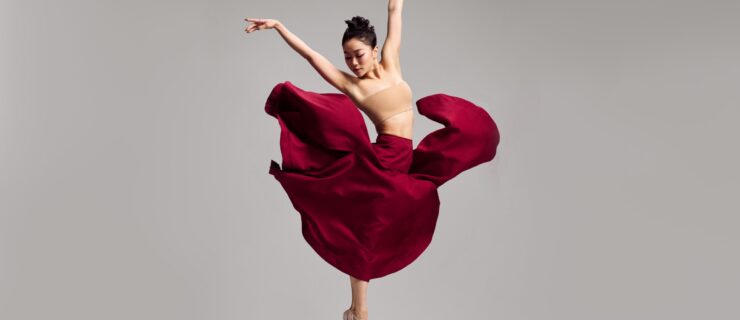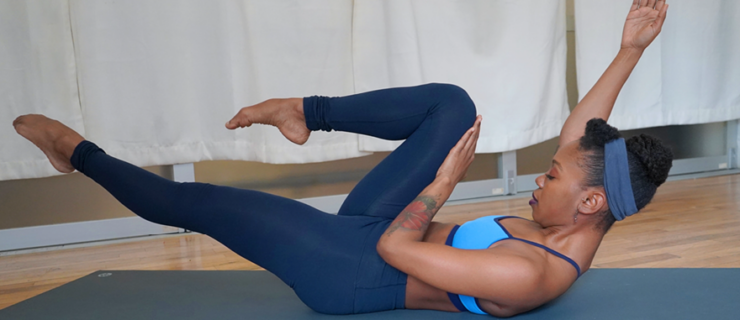Should Dancers Swap Tampons for a Menstrual Cup?
Though menstrual cups have been around since the 1930s, they’ve started gaining greater mainstream popularity in the last decade as an alternative to tampons and sanitary pads. Typically made out of medical grade silicone, the flexible bell-shaped cup is inserted into the vagina to collect menstrual blood. Making the decision to switch is personal and may seem intimidating, but some pros, like American Ballet Theatre corps dancer Scout Forsythe, prefer the convenience and security of a cup, especially during performances.
Be patient.
Transitioning to a menstrual cup takes some getting used to as you learn how to comfortably insert and remove it. “The first three to six cycles, you’re going to have to do some experimenting,” says Forsythe, who recommends wearing it during your period as much as you can outside the studio before you start using it during dance classes. Many brands, like OrganiCup and DivaCup, have how-to videos for first-timers on their websites.
You only need one.
Menstrual cups range in size, but generally hold between 20 to 60 milliliters of fluid, compared to the 5 milliliters a regular tampon can absorb. Depending on how heavy your flow is, you’ll need to remove, empty and rinse your cup in hot water every 4 to 12 hours before reinserting. Since it’s reusable, you’ll never need to worry about running out of feminine products in your dance bag.

Worry less about leaking.
Prior to using a cup, Forsythe would change her tampon during each intermission throughout a performance, which can be a hassle with costumes. “With the cup, I put it in right before, and I’m good.” (When it’s properly inserted, a vacuum seal forms to prevent leaks.) On non-show days, she usually empties and reinserts her cup in the morning and before bedtime.
Sanitize after your cycle ends.
Boil your cup in a pot of water for a few minutes, let it dry completely and store it in a breathable container.
They’re environmentally friendly.
Forsythe initially made the switch to reduce her purchase of single-use plastic applicators. “I was over constantly buying tampons, and I thought the cup was a really good eco-alternative,” she says.
It’s worth the investment.
Available online or in drug stores, one menstrual cup typically costs $20 to $40 and will last several years, depending on the brand. Using a cup has allowed Forsythe to feel more empowered about her body and her period, she says. “You should know how your body works and feel comfortable with it.”





